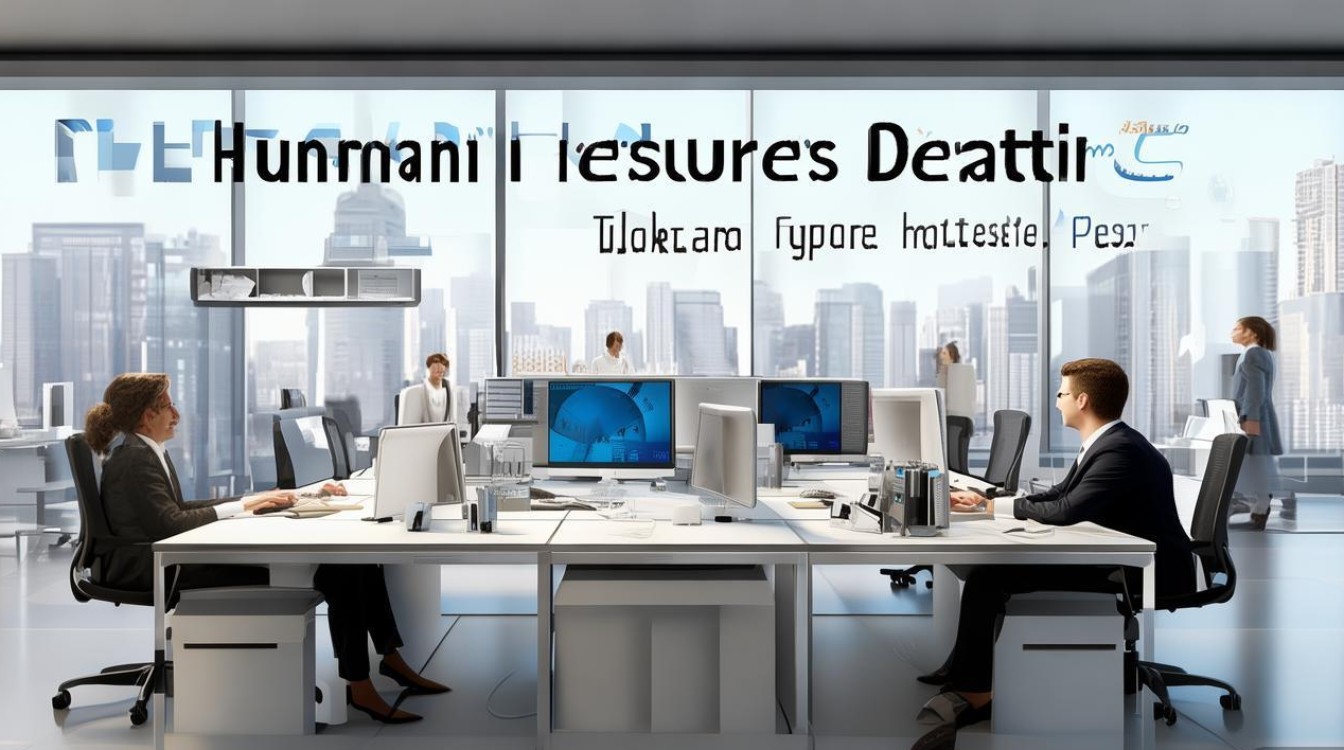The Human Resources Department (HRD) serves as the backbone of any organization, bridging the gap between a company’s strategic goals and its most valuable asset: its people. Over the decades, the role of HR has evolved dramatically from a primarily administrative function focused on payroll and record-keeping to a strategic partner driving organizational success through talent management, employee engagement, and cultural development. This transformation reflects the growing recognition that people are not just resources but the core drivers of innovation, productivity, and competitive advantage.

In its early stages, HR—then often referred to as the "personnel department"—was tasked with routine, transactional tasks such as hiring, processing payroll, and managing employee benefits. These functions were critical but reactive, aimed at ensuring compliance and maintaining basic operational efficiency. However, as businesses globalized, technology advanced, and workforce dynamics shifted, HR had to adapt. The rise of knowledge work, the demand for skilled talent, and the increasing emphasis on employee well-being pushed HR to adopt a more strategic approach. Today, a modern HR department is multifaceted, encompassing talent acquisition, learning and development, compensation and benefits, performance management, employee relations, and diversity, equity, and inclusion (DEI)—all while aligning with the organization’s mission and vision.
A key aspect of the HR department’s role is talent acquisition and management. This goes beyond simply filling vacancies; it involves understanding the organization’s current and future skill needs, crafting compelling employer brands to attract top talent, and designing robust recruitment processes that identify candidates not only with the right qualifications but also with cultural fit. In a competitive job market, HR must leverage both traditional and innovative channels—from job boards and campus recruitment to social media and employee referral programs—to build a diverse and talented pipeline. Once hired, HR focuses on onboarding and integration, ensuring new employees feel welcomed, informed, and set up for success from day one.
Employee development is another cornerstone of HR’s responsibilities. The modern workplace is dynamic, with skills becoming obsolete faster than ever. HR must therefore foster a culture of continuous learning, offering training programs, upskilling opportunities, and career development paths to help employees grow both personally and professionally. This includes designing leadership development initiatives for high-potential employees, providing access to e-learning platforms, and organizing workshops on topics such as digital literacy, emotional intelligence, and project management. By investing in employee growth, HR not only enhances individual performance but also increases retention rates, as employees are more likely to stay with organizations that prioritize their advancement.
Compensation and benefits (C&B) is a critical function that directly impacts employee satisfaction and retention. HR must design competitive and equitable compensation structures that align with industry benchmarks while reflecting the organization’s values. This involves conducting market research to ensure salaries are fair, structuring bonus and incentive plans to motivate performance, and offering benefits packages that address diverse employee needs—such as health insurance, retirement plans, flexible work arrangements, and wellness programs. In recent years, there has been a growing emphasis on holistic benefits, including mental health support, parental leave, and student loan assistance, reflecting a broader understanding of employee well-being beyond financial compensation.
Performance management is another area where HR plays a pivotal role. Rather than relying on annual reviews, many organizations now adopt continuous performance management processes, where feedback is provided regularly, goals are aligned with team and organizational objectives, and performance is reviewed in real time. HR develops the frameworks and tools for this process, such as key performance indicators (KPIs), 360-degree feedback mechanisms, and performance improvement plans. By facilitating meaningful performance conversations, HR helps employees understand their strengths, areas for development, and how their contributions align with the bigger picture, ultimately driving higher productivity and engagement.

Employee relations is a function that focuses on maintaining a positive and productive work environment. HR acts as a mediator between employees and management, addressing concerns such as workplace conflicts, grievances, and policy violations. It also ensures compliance with labor laws and regulations, minimizing legal risks for the organization. In addition, HR fosters open communication channels through surveys, town halls, and employee resource groups (ERGs), creating a culture of transparency and trust. A strong employee relations function not only resolves issues promptly but also proactively identifies areas for improvement, such as enhancing work-life balance or strengthening team collaboration.
Diversity, equity, and inclusion (DEI) has become a central focus for HR departments in recent years. Recognizing that diverse teams drive innovation and better decision-making, HR leads initiatives to build a workforce that reflects a variety of backgrounds, perspectives, and experiences. This includes implementing unbiased hiring practices, providing DEI training, establishing mentorship programs for underrepresented groups, and setting measurable goals for representation at all levels of the organization. DEI is not just a moral imperative but a business one, as companies with diverse teams are more likely to outperform their peers financially and attract top talent.
Technology has revolutionized the way HR operates, with human resource information systems (HRIS), applicant tracking systems (ATS), and analytics tools enabling more efficient and data-driven decision-making. HRIS platforms centralize employee data, from personal information to performance records, making it easier to manage administrative tasks. ATS streamlines recruitment by automating resume screening and interview scheduling, while HR analytics provides insights into trends such as turnover rates, engagement levels, and skills gaps. For example, by analyzing exit interview data, HR can identify patterns in employee departures and address underlying issues, such as poor management or lack of growth opportunities. Despite these advancements, the human element remains irreplaceable; HR professionals must balance data-driven insights with empathy and interpersonal skills to effectively support employees.
Looking ahead, the HR department will continue to evolve in response to megatrends such as artificial intelligence (AI), the gig economy, and remote work. AI is already being used to automate repetitive tasks, such as answering employee queries via chatbots or screening resumes, freeing up HR professionals to focus on strategic initiatives. The rise of the gig economy requires HR to develop flexible workforce models, managing both full-time employees and independent contractors. Remote and hybrid work, accelerated by the COVID-19 pandemic, has prompted HR to redesign employee engagement strategies, virtual onboarding processes, and performance management systems to support distributed teams.
In conclusion, the Human Resources Department is no longer a support function but a strategic partner essential to organizational success. By attracting and developing top talent, fostering a positive and inclusive culture, and aligning HR practices with business objectives, HR drives innovation, engagement, and performance. As the workplace continues to change, HR will play an even more critical role in navigating complexity, ensuring that organizations remain agile, resilient, and people-centric.

FAQs
-
How does the HR department contribute to organizational culture?
The HR department shapes organizational culture by defining and embedding core values, promoting behaviors that align with those values, and creating policies that support a positive work environment. For example, HR may organize team-building activities, implement recognition programs to reward desired behaviors, and establish clear codes of conduct. It also ensures that hiring practices prioritize cultural fit, onboarding programs communicate cultural expectations, and employee feedback mechanisms are used to address cultural gaps. By consistently reinforcing cultural norms, HR helps create a cohesive and motivated workforce. -
What skills are essential for modern HR professionals?
Modern HR professionals need a blend of technical, interpersonal, and strategic skills. Technical skills include proficiency in HR software (e.g., HRIS, ATS), data analysis to interpret HR metrics, and knowledge of labor laws and regulations. Interpersonal skills such as empathy, active listening, and conflict resolution are critical for managing employee relations and fostering inclusivity. Strategic skills involve understanding business objectives, aligning HR initiatives with organizational goals, and anticipating future workforce trends. Additionally, adaptability, digital literacy, and a global mindset are increasingly important as workplaces become more diverse and technology-driven.




